It’s one of the first questions you should ask yourself before selecting your carry weapon: revolver, or semi-automatic pistol? The best answer to the revolvers vs. pistols question is the handgun you prefer firing. But if you’re not sure what that is yet, consider how the revolver compares to the semi-auto before going in.
If you’re new to shooting, you may think the revolver must be the lesser handgun because its design is older than the semi-auto’s. Still, the shooter’s skill is the primary factor that determines any handgun’s effectiveness.
Shooting legend Jerry Miculek once emptied a five-shot revolver in 0.57 seconds and grouped his shots together in an area the size of a playing card. Naturally you are not Jerry Miculek, and it’s likely none of us ever will be, but he proves that with practice a revolver is still plenty viable for self-defense.
Even a quick look at how the revolver and the semi-auto work will give you an understanding of their advantages and disadvantages.
How They Function: Revolvers vs. Pistols
How a Revolver Works
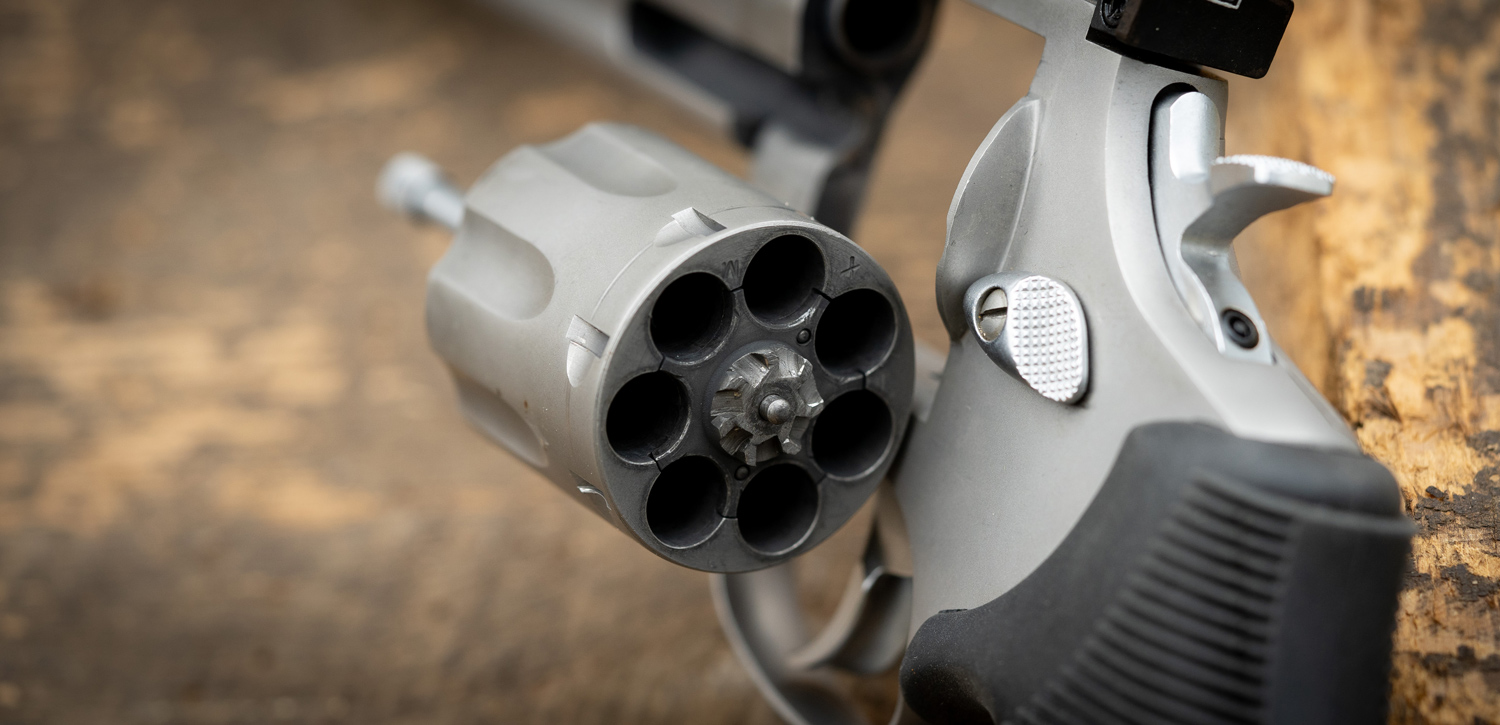
The revolver’s design is so simple that you can see how it works while you fire it. Behind the revolver’s barrel sits a cylinder, which holds a number of cartridges. The cylinder rotates before each shot, which aligns a new cartridge into place. Exactly what makes the cylinder rotate depends on the action of the revolver:
● Single-action (SA) revolvers require manual cocking of the hammer. Cocking rotates the cylinder, and the following trigger pull fires the shot. Firing the shot is the trigger’s single action.
● Double-action (DA) revolvers do not require manual cocking of the hammer. The trigger pull performs a double action by both rotating the cylinder and subsequently firing the shot.
There are plenty of revolvers that offer both DA and SA. Cocking the hammer on a DA/SA rotates its cylinder, but so does pulling its trigger. A DA/SA gives its shooter the option of manually rotating its cylinder for the benefit of a significantly shorter trigger pull. That makes it easier to aim.
Some revolvers are double-action only. DAOs have internal hammers that you can’t operate manually. DAOs necessarily have longer trigger pulls, but are good for self-defense because their hammers can not snag on clothing. They are also generally less prone to accidental discharge.
How a Semi-Automatic Works

A revolver must have as many chambers as the maximum number of rounds its cylinder can hold. In contrast, a semi-auto has only one chamber, and uses the energy of the previously fired cartridge to load the next round into it. The spent shell casing exits via the breech; The next round is fed from the magazine.
Semi-auto handguns operate in one of two ways:
● Blowback: Energy from the spent casing is used to cycle the action. Blowback is suitable for smaller calibers such as 22 LR and 380 ACP, because the pistol’s recoil spring and slide are adequate to hold the breach open long enough to let the spent casing eject.
● Recoil operation: Energy from recoil is used to cycle the action. Also known as “locked breech,” recoil operation is necessary for larger calibers such as 9mm and 40 S&W.
Otherwise, the handgun would require an inconveniently stiff recoil spring and heavy slide to hold the breech open long enough.
Like revolvers, semi-automatics can be SA, DA (also known as DA/SA), or DAO. An SA must load its first shot into its chamber through manual operation of its slide, bolt, or hammer. A DA can load its first shot via either hammer cock or trigger pull. A DAO performs both actions via trigger pull alone.
Revolver vs. Semiautomatic Pistol for Self-Defense
You can easily guess a few the advantages offered by either type of handgun. But since you’re choosing a weapon for the job of self-defense, it’s important that you understand exactly how revolvers and semi-autos compare to one another.
Power
Winner: Revolver
A revolver can fire larger calibers than a semi-auto of comparable length. It is heavier by design, so it can better absorb a powerful cartridge’s recoil. Furthermore, a revolver doesn’t store its rounds in its grip like a semi-auto does. That means a revolver’s grip can remain a practical size regardless of its ammunition.
Maintenance
Winner: Revolver
A revolver’s older design is also simpler than a semi-auto’s. Its fewer moving parts are easier to maintain, and also less inclined to fail in adverse conditions.
Safety
Winner: Revolver
A revolver’s heavier trigger pull generally makes it harder to accidentally discharge than a semi-auto. It is not difficult to handle a semi-auto responsibly, but the revolver’s greater safety may provide its shooter with added peace of mind.
Ease of Use
Winner: Depends on preference
Many people find the revolver’s simpler design more accessible. Once you know how to swing out a revolver’s cylinder and pull its trigger, you can use it. Furthermore, if you attempt to fire a bad round in a revolver, it won’t interrupt the action — you can simply keep pulling the trigger. However, a semi-auto’s lighter and crisper trigger pull makes it easier to fire accurate follow-up shots.
Capacity
Winner: Semi-auto
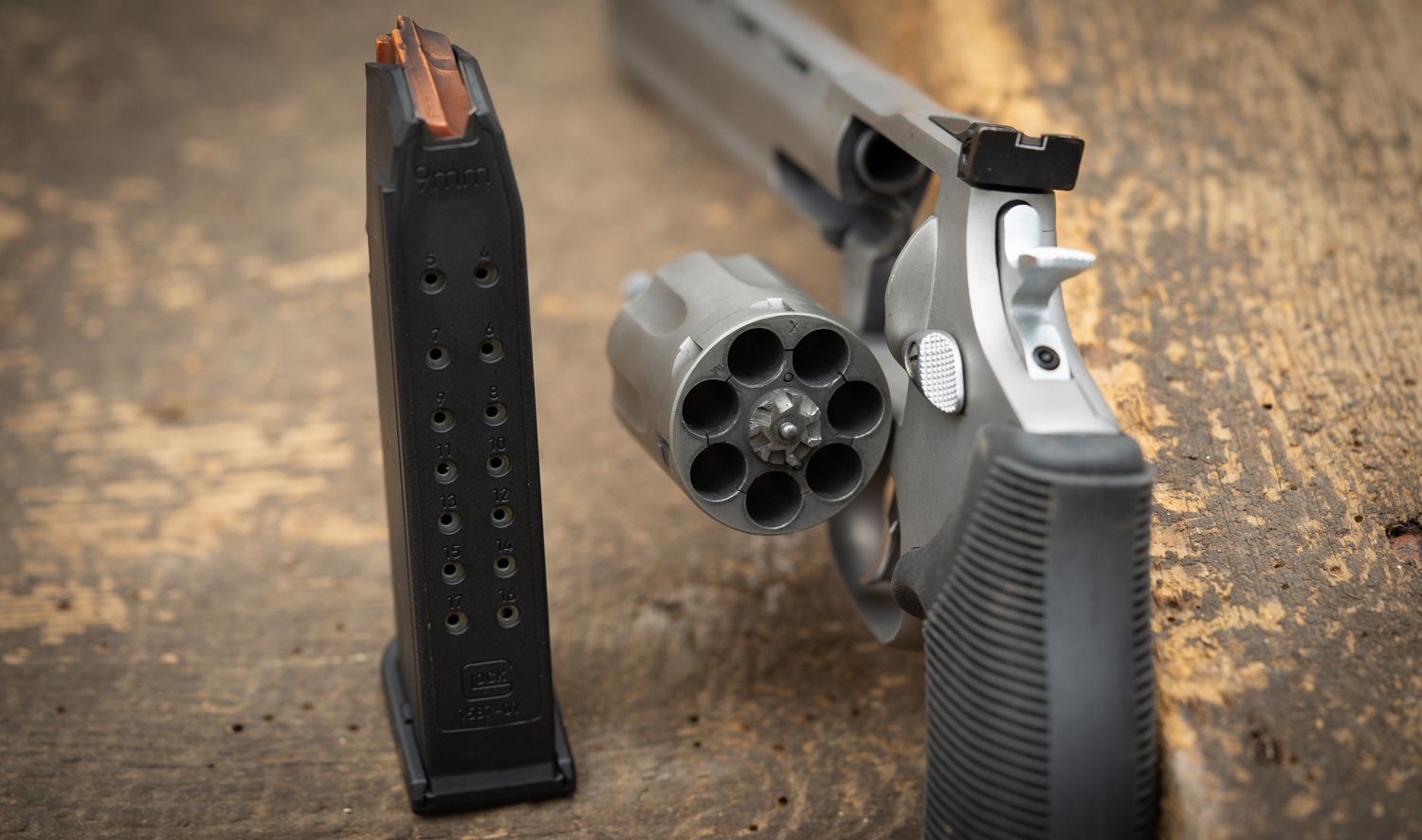
A revolver’s cylinder can only accommodate so many cartridges until its diameter becomes prohibitively wide. Revolvers chambered for self-defense calibers typically can not hold more than eight rounds.
In comparison, it’s not uncommon for a semi-auto’s magazine to hold more than a dozen many rounds without making the firearm wider. The Beretta 92 retains the same dimensions whether it has a 10 or 32 round magazine (those the 32 round magazine extends well below the grip’s mag-well.)
Reloading
Winner: Semi-auto
While devices like moon clips and speed loaders do expedite the revolver’s reloading process, learning to use them effectively takes much more time than a semi-auto’s magazine requires. Even a casual shooter can quickly eject an empty magazine and insert a loaded one in seconds.
Ease of Carry
Winner: Semi-auto
Semi-autos tend to have narrower dimensions and lighter weights than comparable revolvers. Without a cylinder that would add to its width, a semi-auto’s lower profile is more conducive to concealed carry.
The Takeaway: Revolvers vs. Pistols
Whether you should prefer a revolver or a semi-auto for self-defense depends entirely on your preferences.
Personally, I prefer a revolver for my carry firearm. I take comfort that it is nearly incapable of jamming or otherwise failing to fire, and that 357 Magnum is adequate to neutralize virtually any threat. I like that my girlfriend, who has a three second attention span for anything pertaining to firearms, at least knows how to use my revolver. As a larger man I have more real estate on my body to conceal a firearm, and the amount of time I have spent training with my revolver means my aim is impacted little by its heavier trigger pull.
But I know that preference comes with trade-offs. I have fewer shots at my disposal than if I carried a semi-automatic. Plus, I can not reload my revolver anywhere near as fast as I can a semi-auto, even with a speedloader. While I like 357 Magnum, I don’t pretend 9mm ammunition is remotely inadequate for the job of self-defense. And while I have become proficient with my revolver over time, I can still fire faster and more accurately with a semi-auto.
What you value in a carry weapon is unique to yourself. Again, if you’re not committed to a revolver or a semi-auto yet, try out both before deciding which you prefer. Afterward you can weigh the pros and cons in this entire revolver vs. pistol debate.


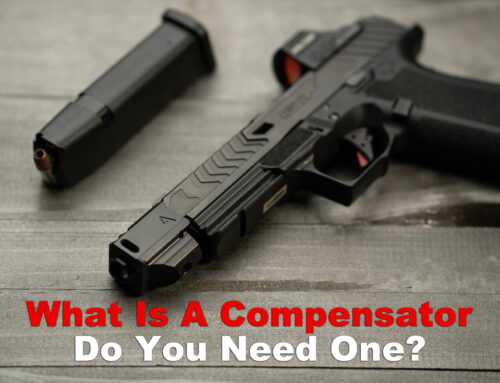
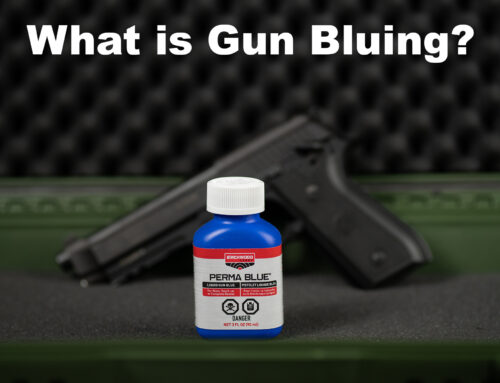
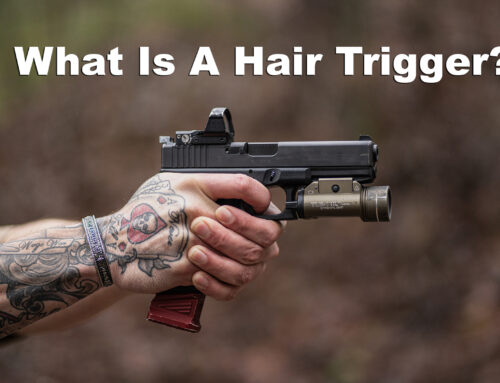

I will take a wheel gun any day over a jamamatic.
Definitely hear the horror stories about folks with semi-autos John! Love shooting revolvers, which I could handle some of the snubbies a little better than I do.
Jammamatic? More than a few semi-auto pistols are capable of firing 2-4,000 rounds between cleanings. Having only one trigger pull (Glock, 1911) to deal with is easier. Autos generally have fewer parts too. Flatter and more comfortable to carry is icing.
But will a revolver ever jam? I think not.
A semi is ONLY easier/quicker to re-load IF you have a second mag!
And, technically, isn’t a revolver a semi-automatic?? (prepares firing of next round automatically… just pull trigger)
Sure, I see your point there on both counts Dean. Any firearm is really only as good as its operator.
I guess the ATF’s definition of semi-automatic pistol is where we’d draw the delineation on the semi-automatic issue – the agency calls for a bore permanently aligned with the chamber for it to be a semi-automatic pistol but you’re certainly correct in that revolvers use energy from the previously fired round to ready to the next round.
I prefer a semi-automatic revolver, best of both worlds, no compromise.